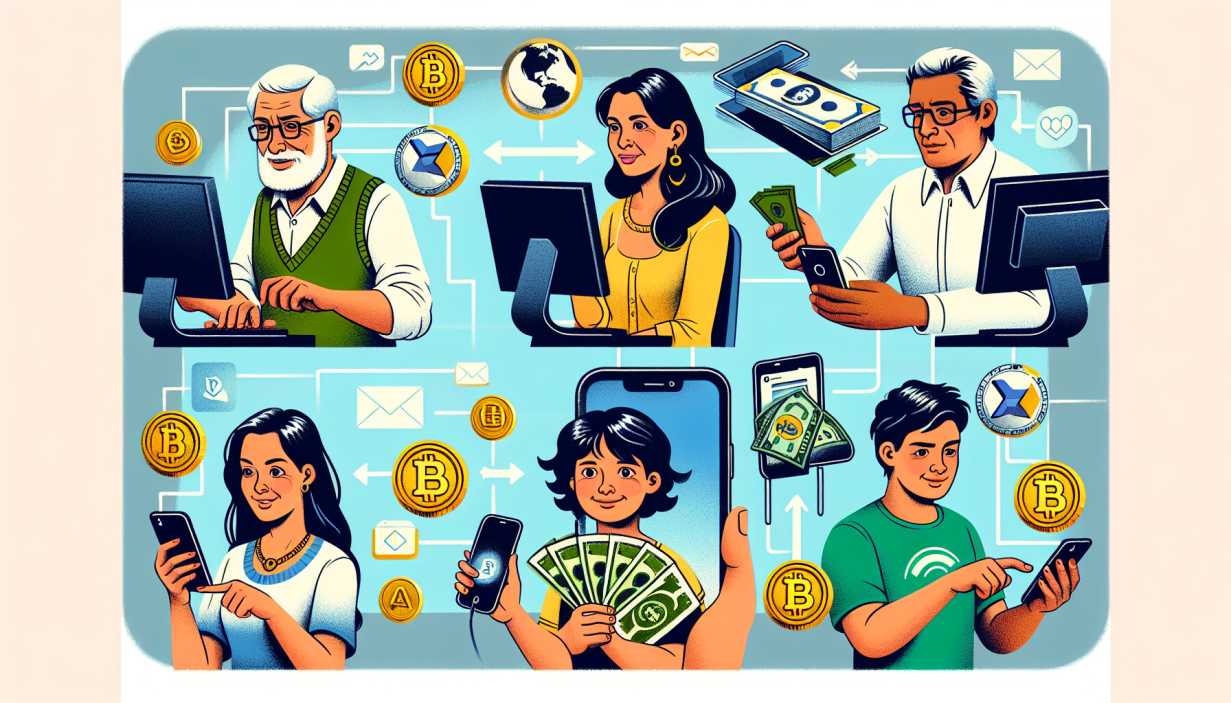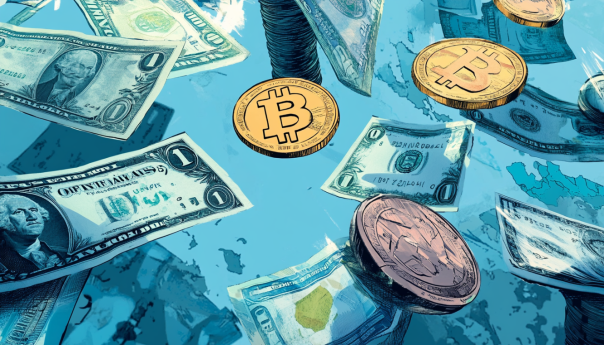Mastercard to Enable Remittances in Latin America with Digital Assets
The credit and debit card giant highlighted the need to shift from cash to digital methods for money transfers
March 27, 2024 06:37 AM
Reading time: 1 minute, 54 seconds
TL;DR Mastercard's recent white paper highlights the rapid growth of remittances in Latin America, emphasizing the shift from cash to digital methods. With the average cost of sending remittances lower than the global average, the report foresees a significant move towards digital solutions fueled by mobile and internet penetration in the region.

Mastercard has recently unveiled a comprehensive white paper focusing on the burgeoning remittance market in Latin America. The document elaborates on how remittance rates in the region are outpacing the global average, driven largely by the increasing penetration of mobile phones and the internet.
This technological infusion is anticipated to catalyze a substantive shift from traditional cash-based transactions to digital platforms.
Digital vs. Cash: The Future of Remittances As of 2022, remittances have become a lifeline for one in ten people globally, totaling an impressive $831 billion.
In Latin America, the cost of sending money home averages at 5.8% of the transmitted amount, slightly lower than the global average of 6.3%. Yet, in the poorest regions, these costs can skyrocket to 25.5%.
The report underscores the potential of digital solutions to reduce these expenses, highlighting the current scenario where 43% of Latin America’s remittances are received digitally, trailing slightly behind the global average of 52%.
The Role of Crypto in Remittance Digital currencies and blockchain technology are making notable inroads in the remittance sector. Companies like MoneyGram and Stellar have begun utilizing USDC, a stablecoin, for remittances, while SBI Remit employs Ripple for similar purposes.
These innovations promise not only to enhance the speed of transactions but also to improve liquidity for global operations. Despite these advancements, challenges such as trust, regulatory compliance, and technological adoption continue to impede progress.
"We can move money more quickly with new channels like USDC, which ultimately translates into additional liquidity for our day-to-day global operations." - Luther Maday, MoneyGram head of fintech strategy and innovation.
Challenges and Solutions for Full Digitization Mastercard’s report also touches on the necessity for recipient countries to develop their digital money ecosystems comprehensively.
It points out that the mere digitization of the remittance transaction is insufficient. Recipients must be able to utilize digital funds seamlessly for payments and other transactions within their local economies.
A Call for Strategic Partnerships For the remittance landscape to evolve fully, the report calls for intelligent collaborations among diverse stakeholders in the industry.
By fostering partnerships, remittance providers can leverage each other’s strengths, thereby facilitating a more efficient and cost-effective remittance ecosystem. This collaborative approach is deemed crucial for overcoming current barriers and unlocking the full potential of digital remittances in Latin America and beyond.



